Ways To Prevent Or Reverse Osteoporosis
Osteoporosis is a condition that causes weak and brittle bones. Because bone is living tissue, it is continuously being broken down and restored by the body. When osteoporosis occurs, it causes a disruption in new bone formation but does not slow down the breaking down of old bone. Bones become so weak that a fall or hard sneeze can break them. Postmenopausal women are most at risk of developing osteoporosis. Here are various ways to prevent or reverse this condition by using lifestyle changes and medications.
Reduce Caffeine Intake

Research shows that high caffeine intake may cause a calcium imbalance in senior women who are most at risk of developing osteoporosis. Consuming large amounts of caffeine may also cause cortical bone loss from the proximal femur, or the bone in the leg that is closest to the hip, which increases the risk of a fall and break. Trying sipping on herbal tea in place of coffee and always choose water over soda or other caffeinated beverages.
Keep reading to learn about another way to prevent osteoporosis.
Be Picky About Protein
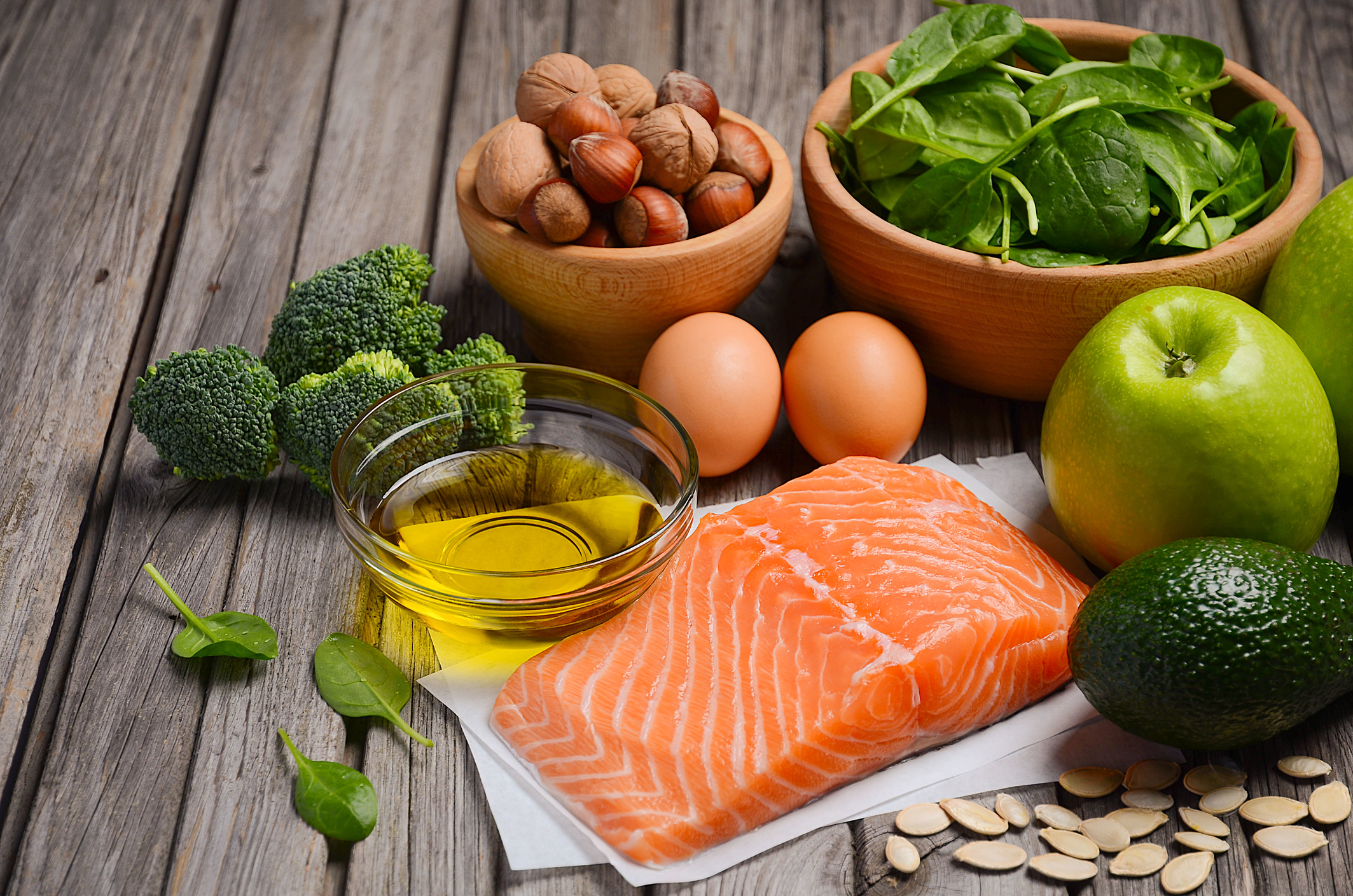
Some research indicates that drinking cow’s milk may lead to bone loss due to its highly acidifying properties. In fact, one study shows that the countries who consume the highest amount of cow’s milk also have the most cases of osteoporosis. While cow’s milk is an excellent source of vitamin D, calcium, and protein, other high protein foods should be included in the diet. Focus on high-quality food-based sources of protein, such as wild-caught salmon, antibiotic-free chicken, grass-fed beef, pasture-raised eggs, and nuts.
Find out how the digestive system plays a critical role in treating osteoporosis.
Maintain A Healthy Digestive System

Maintaining a healthy digestive system promotes bone health by increasing nutrient absorption. To improve gastrointestinal health, eliminate refined sugars and carbohydrates from the diet and eat lots of fresh fruits and vegetables, which are high in antioxidants to remove toxins. Make sure to properly chew food before swallowing as smaller food particles are easier to break down in the stomach and be absorbed in the small intestine. Focus on foods that are naturally high in probiotics and prebiotics, such as fermented foods, onions, asparagus, and bananas.
Next, explore how the sun can help prevent this condition now.
Get Some Sun

Catching some rays is a great way to increase vitamin D levels, which are needed to maintain healthy bones. According to one study, wearing sunscreen increased the risk of vitamin D deficiency. Go easy on the sunscreen if heading outside for short periods of time to increase sun exposure. To avoid sun damage to the skin, aim for ten minutes in the sun without protection several times a week. Combine sun exposure with the proper exercise by taking a walk in the sunshine several times a week.
Understand how calcium is vital for preventing and reversing this condition now.
Maintain Proper Calcium Levels
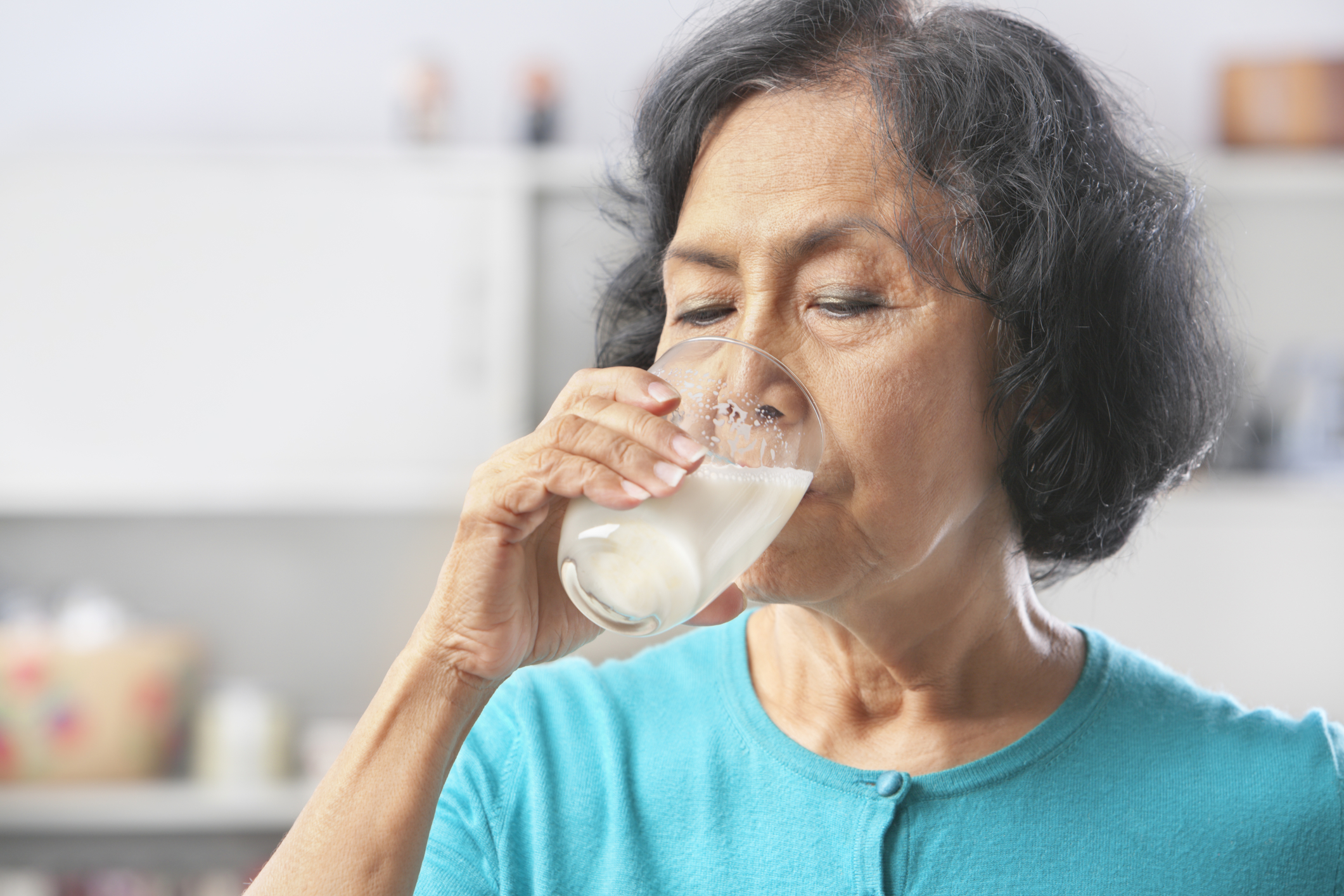
According to the National Osteoarthritis Foundation, women aged fifty-one and older need approximately one thousand and two hundred milligrams of calcium a day. Women under the age of fifty need to maintain one thousand daily milligrams. The same goes for men under seventy. Men who are seventy-one and older need to get one thousand and two hundred milligrams a day. Focus on eating whole foods that are high in calcium, such as broccoli, green vegetables, seeds, cheese, and yogurt, as these are better absorbed in the body than supplements.
Continue reading to learn how exercise can help manage this bone disease.
Exercise

Weight-bearing exercises are particularly good for maintaining healthy bones. Lifting weights three times a week is an excellent way to support a healthy skeletal system, but any form of exercise is better than none. A good exercise program should include a combination of weight-bearing and aerobic exercises. Low impact exercises include walking, biking, and swimming. Try warming up with some light jogging or cycling on a stationary bike before lifting weights at the gym.
Discover how reducing your stress can effectively reverse osteoporosis now.
Reduce Stress

High levels of stress over extended periods of time have been shown to cause bone loss. Stress causes an increase in cortisol levels, which is a hormone that antagonizes insulin, leading to insulin sensitivity. When blood sugar levels become elevated, it causes urine to excrete calcium out of the body. Exercise is a great way to relieve stress. Yoga, meditation, and breathing exercises may also help. Relaxing hobbies such as walking, reading, sewing or knitting have also been shown to reduce stress.
Learn how your hormone levels can affect osteoporosis now.
Stabilize Hormone Levels

Maintaining proper hormone levels is an important part of keeping the skeletal system healthy. The thyroid gland is responsible for secretion of hormones. Certain thyroid conditions, such as parathyroid and hyperparathyroidism, may cause osteoporosis as excess hormone levels may strip the bones of calcium. Hyperthyroidism may also cause bone loss as it increases hormone levels in the body. Symptoms of thyroid problems may include fatigue, unexpected weight loss or gain, menstrual problems, dry skin, acne, or changes in appetite.
Keep reading to find out how sugary drinks can affect your bone health.
Cut Out Sugary Beverages
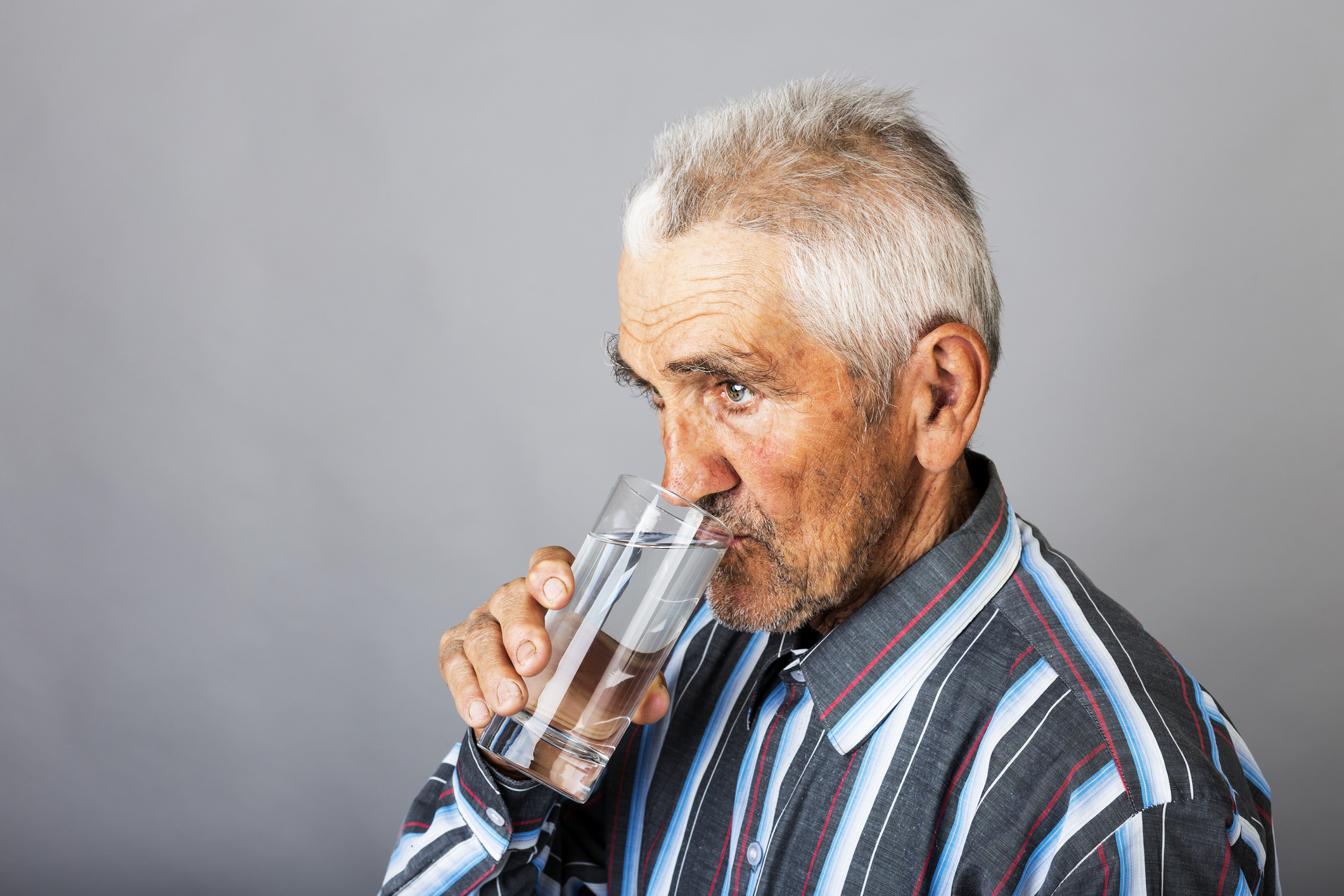
One of the best ways to reduce refined sugar in the diet is to choose water over soda and other beverages. Many drinks contain hidden sugars, such as lemonade, Gatorade, sweetened iced tea, and juices. Always opt for water whenever possible. Aim for eight glasses a day to flush out toxins and eliminate inflammation. Herbal teas are also a great way to stay hydrated without the sugar or caffeine. Carrying a water bottle nearby on hot days is a good way to prevent dehydration.
Understand how making diet changes can help reverse this condition now.
Make Dietary Changes

An acidic diet high in inflammatory foods may increase the risk of osteoporosis. Eating too much junk food and not enough foods with naturally occurring in vitamins and minerals means that the body will have to pull these nutrients out of the bones where they can be utilized as needed. When nutrients are removed from the bones, it causes them to become weak and frail. A simple fall or even sneezing too hard may cause them to break.
Find out how acidic foods can affect osteoporosis now.
Limit Acidic Food

As previously discussed, when it comes to reversing or preventing osteoporosis, changes in an individual’s diet is necessary, especially when it comes to acidic foods and trying to limit the amount of dairy consumed. Foods that are loaded with calcium and are dairy-free include broccoli, leafy green vegetables such as kale, almonds, tofu, beans, and sesame seeds. Why eliminate dairy? Dairy, like cheese and ice cream, are acidic, and your body is better off consuming foods with a more alkaline pH. When an individual consumes a lot of dairy, their body takes calcium from the bones to try and neutralize the acidity that most dairy products contain, resulting in the bones not getting enough calcium. Besides dairy, individuals should be aware of acidic meats, added sugars, alcohol, sodas, packaged food, and highly acidic natural foods such as citrus fruits. To ensure your body is getting enough calcium and absorbing the right nutrients and vitamins for your bones, take magnesium and vitamin D supplements.
Keep reading to reveal another simple remedy for reversing osteoporosis.
Reduce Salt Intake
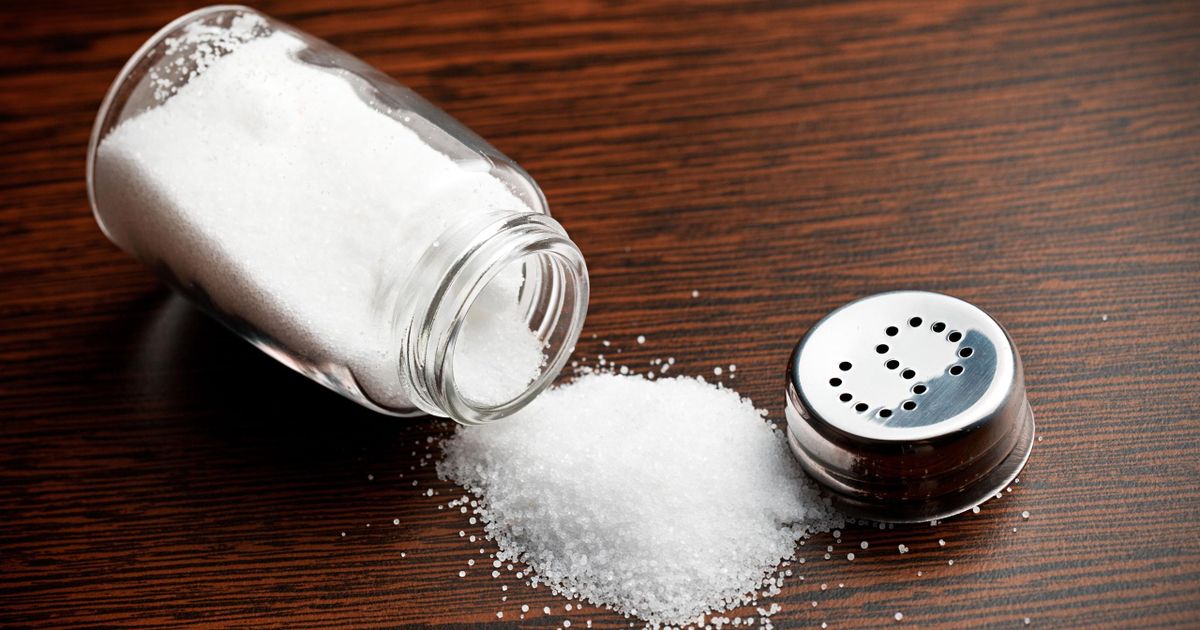
Another great tip for reversing and preventing osteoporosis is to reduce the amount of salt you consume. Sodium is reported to increase calcium loss in urine, and patients are recommended to not over-exceed 2,300 mg of sodium a day and to read all food labels carefully to ensure they do not go over this limit. For reference, for every 2,300 mg of sodium consumed, approximately 40 mg of calcium is lost when you urinate. The allocated amount is approximately a teaspoon a day, and on average, Americans are consuming about 4,000 mg of sodium per day. Studies have also shown that regular table salt is the culprit, and weakens bones over time. Besides osteoporosis, too much salt is harmful to your heart and your bones as well. Research has shown that postmenopausal women who have a high-salt diet lose more bone minerals than other women who consume a lower amount of sodium.
Uncover another helpful tip for preventing osteoporosis now.
Get Enough Vitamin D
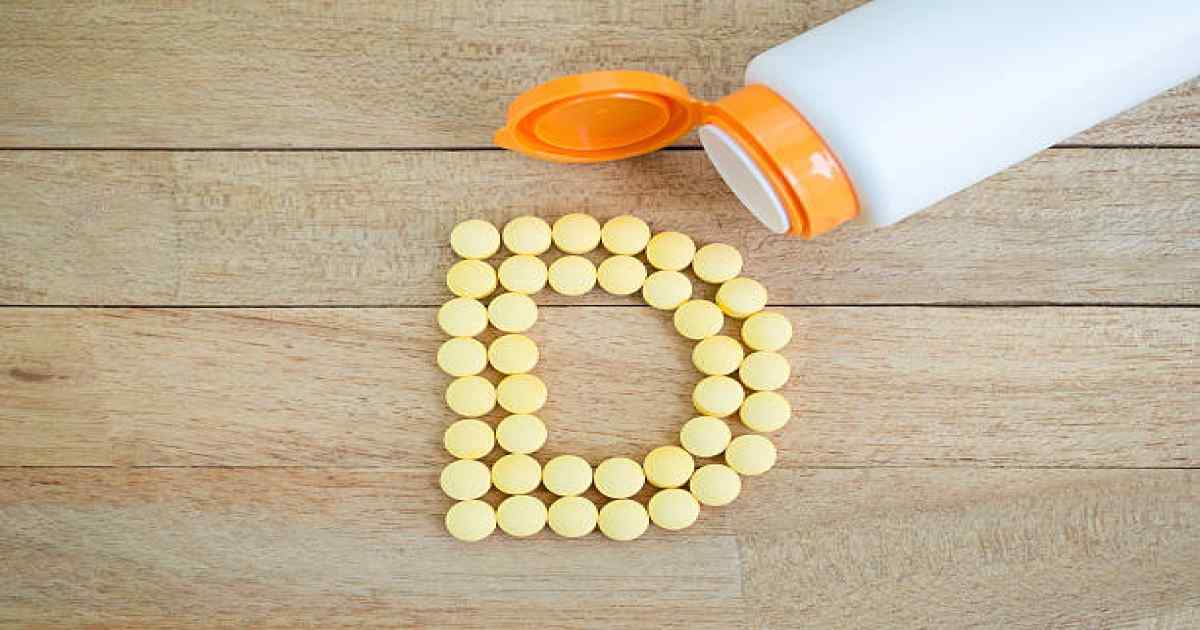
As mentioned with getting enough sun, vitamin D is an essential vitamin for strong, healthy bones and preventing osteoporosis as well as other bone diseases. Vitamin D is a vital nutrient that helps the intestines absorb calcium from food, and getting enough of both of these nutrients is essential for ensuring the bones remain strong and dense. For individuals under fifty, 200 international units (IU) is recommended of vitamin D, adults between fifty-one and seventy years old need 400 IU of vitamin D per day, and seniors over the age of seventy need 600 IU of vitamin D to keep their bones healthy. The best sources of vitamin D are natural sunlight, fortified milk, orange juice, cereal, egg yolks, beef liver, saltwater and fatty fish like salmon, tuna, and mackerel, and of course, supplements.
Next, discover what medications can help with not only reversing osteoporosis but preventing it too.
Medication Therapy

Depending on how weak or strong your bones are, through medication therapy, individuals may be able to build some of their lost bone again and reverse osteoporosis. Other medications can also help slow down bone loss but may not be able to reverse this condition. There are a number of medications that can help with preventing, reversing, slowing down bone loss, and building new bone, which includes: bisphosphonates, calcitonin, SERMS, teriparatide, and prolia.
Bisphosphonates, such as Fosamax, Boniva, Actonel, and Reclast, is a class of medication that are the most widely prescribed osteoporosis drugs, and bisphosphonates stop bone breakdown, preserve bone mass, and increase bone density in the hip and spine. Calcitonin, sold as Fortical and Miacalcin, is a hormone produced in the thyroid gland. A synthetic form of this hormone is approved to treat postmenopausal osteoporosis and slow down bone breakdown. SERMS, or selective estrogen receptor modulators, such as Evista (raloxifene), mimics estrogen’s health benefits for bone density in postmenopausal women, and slows down bone loss and prevents spinal fractures. Teriparatide chemically modifies the body’s parathyroid hormone, which plays a crucial role in the bone remodeling cycle and maintains the calcium balance in the bloodstream. Finally, prolia is a biological drug, often prescribed under the name Denosumab, and is used to treat osteoporosis in postmenopausal women who have an increased risk of fracture or for individuals who did not respond to other osteoporosis medications.